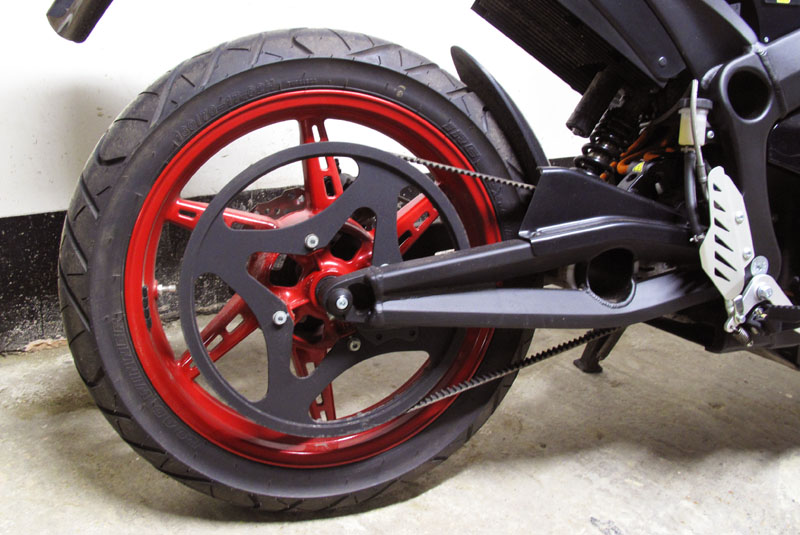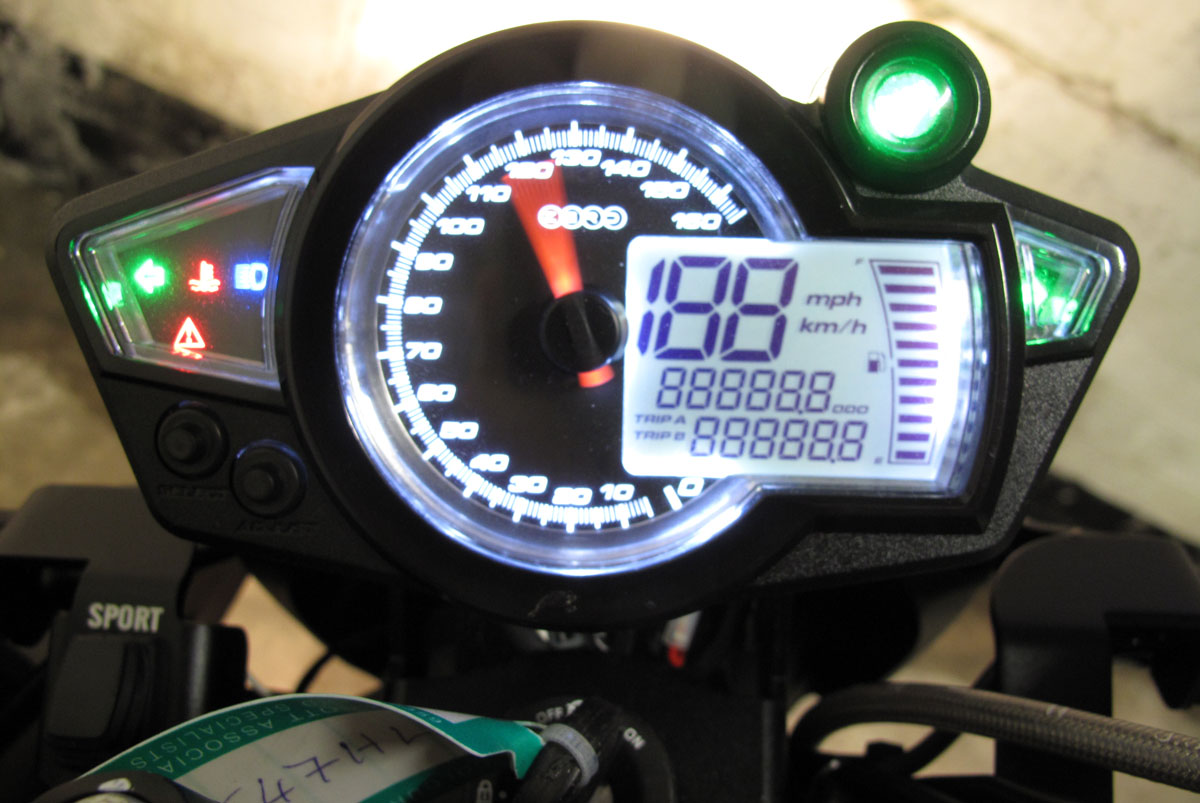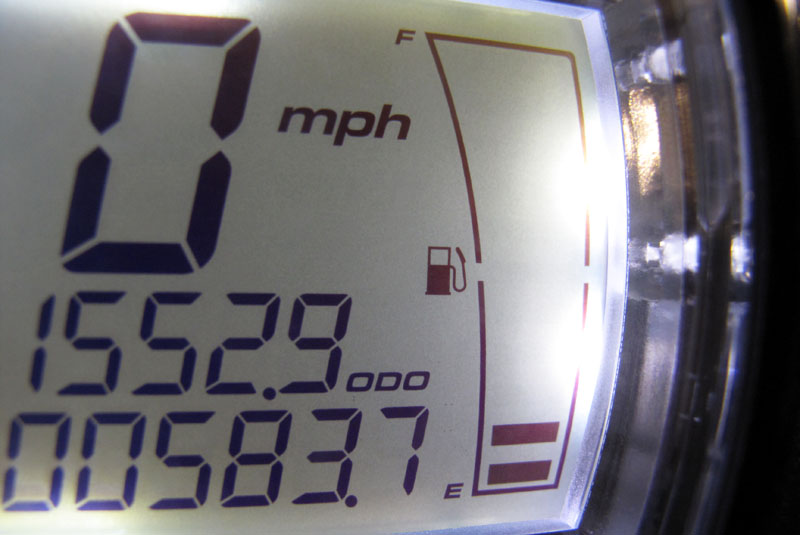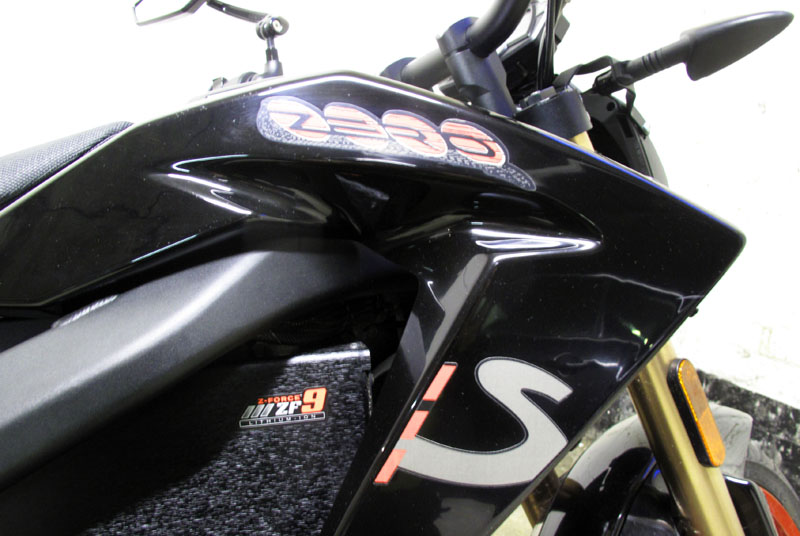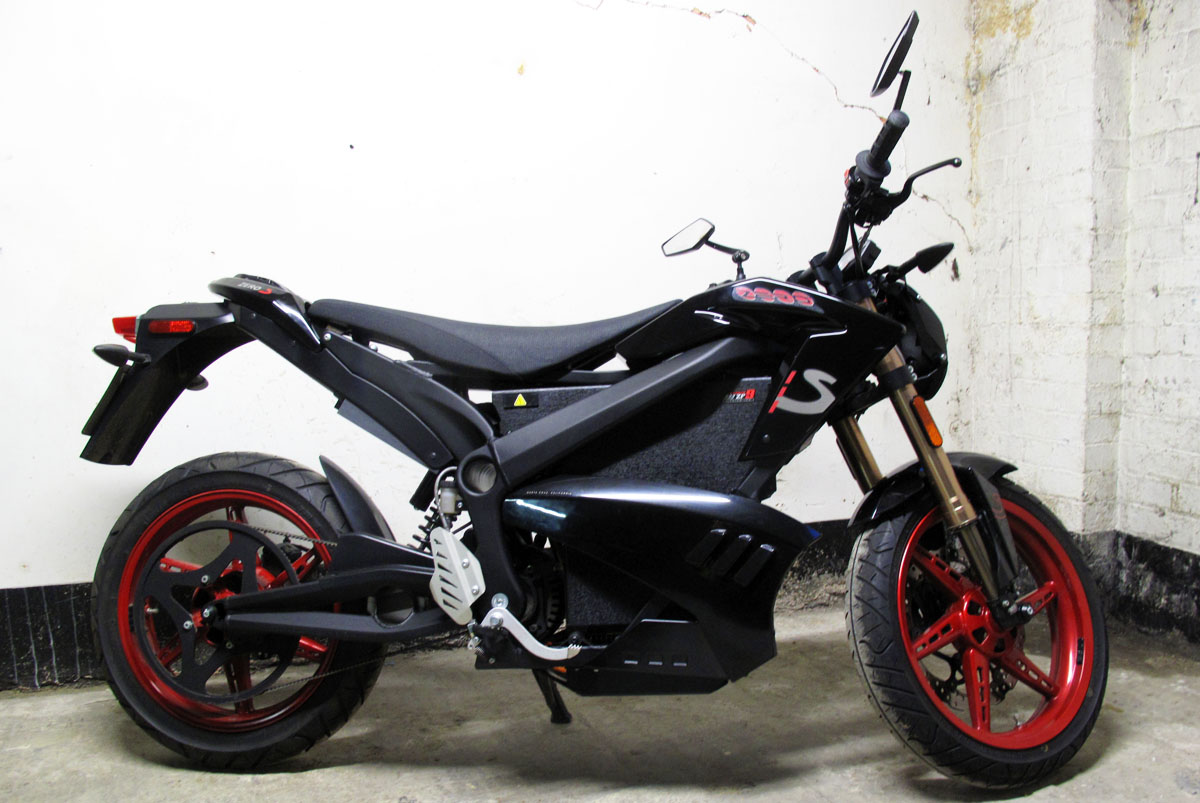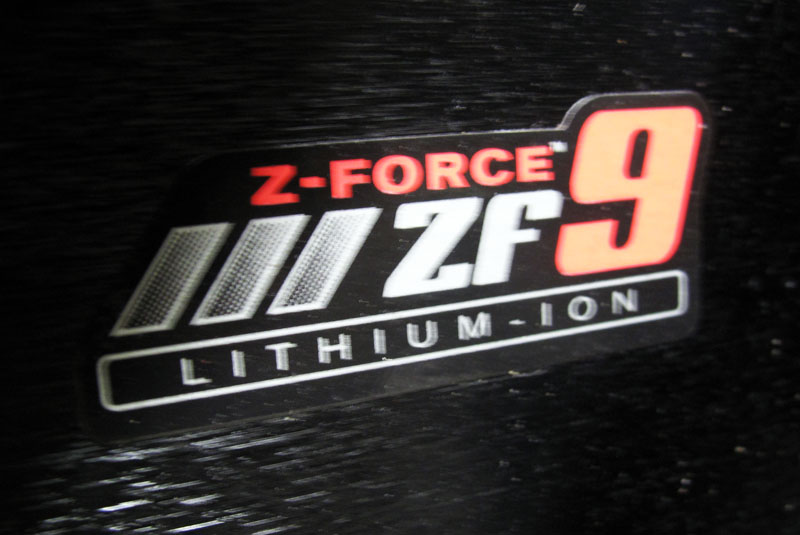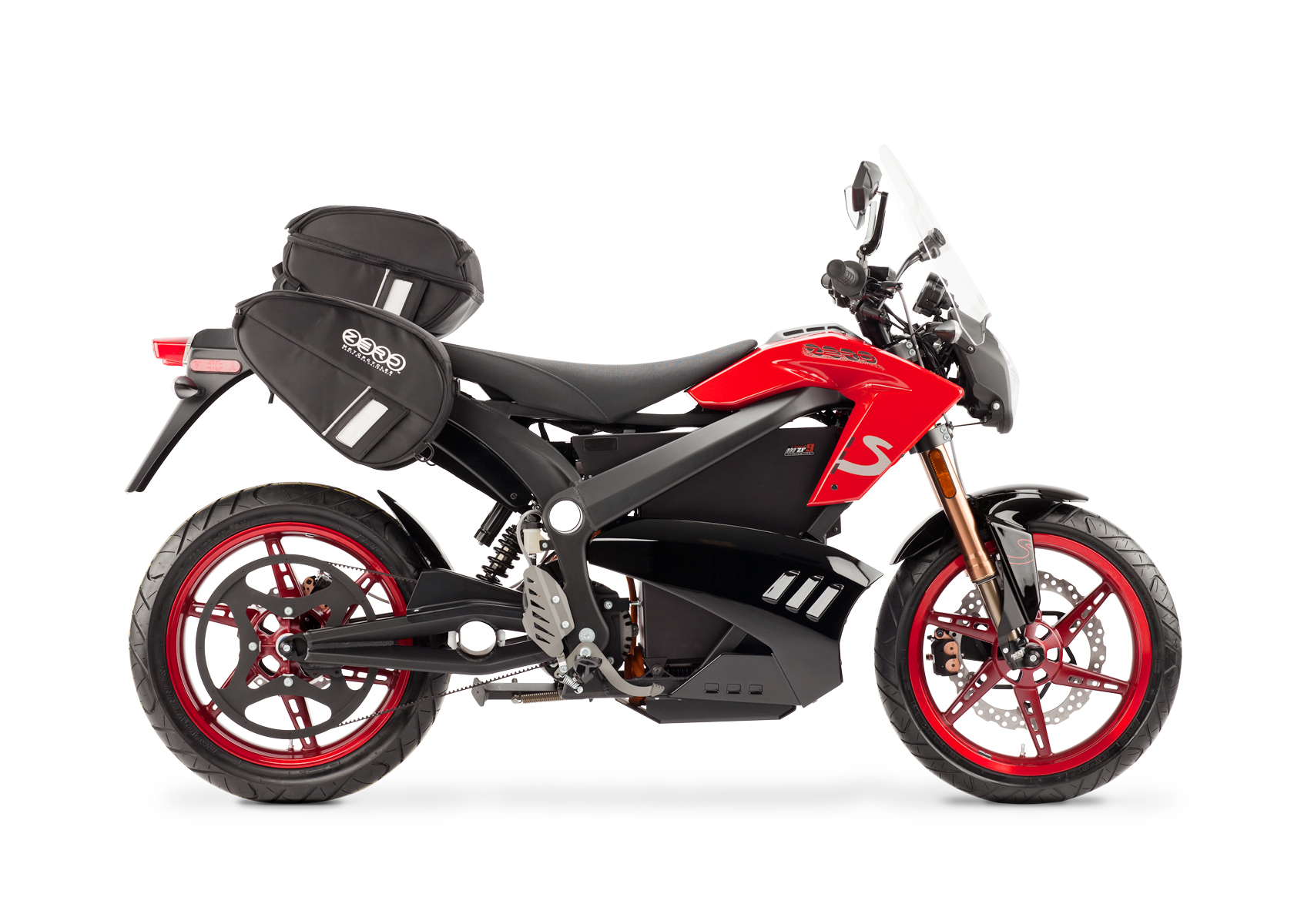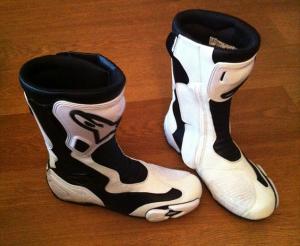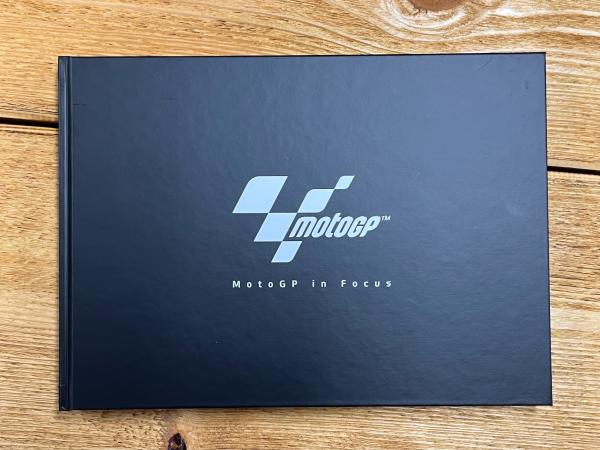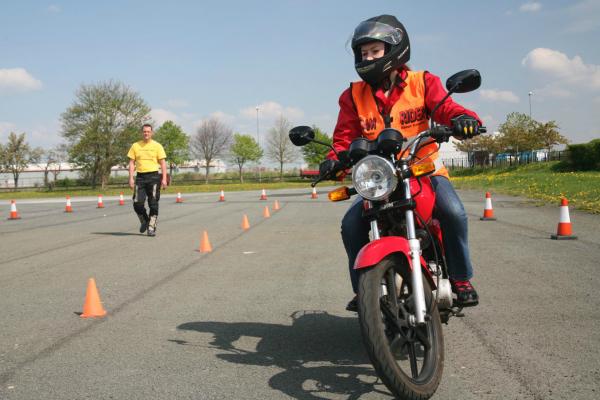I WENT skydiving once (and once was enough, thanks). The overriding sensation as I fell out of the hole cut in the wall of the juddering single-engine aircraft – besides the feeling of my stomach and I being instantly hundreds of feet apart – was silence. Yes, the wind rushed past my ears at the speed of gravity's relentless pull, but overall, there was just falling, falling, and silence.
I thought about that earthward plunge last week, as I was slicing through midday traffic on the northbound A3 on my loan 2012-model Zero S ZF9. (I also thought about how much better speed was when horizontal rather than vertical.) A rare break in the miserable winter weather meant the road was dry and the sky was blue, and motorists were pushing a brisk pace. And every time I wanted to get past a car or two, I cracked open the throttle and shot past them, silently and swiftly, like those fluffy clouds I tumbled past years ago.
As a motorcyclist, twisting throttles and shooting past cars may seem like the most normal thing in the world. But doing it in complete silence was a novel experience, and knowing that what was powering me well past 70 mph was nothing but electron juice – well, that was pretty damn impressive. An hour later, dismounting back at Visordown HQ, I could only conclude: electric motorcycles have arrived. I know, I know, this is 2013, and electric/hybrid cars are common enough now that this isn't some sort of jaw-dropping futuristic technology anymore. No, what impressed was simply the fact that I'd just done a fast 50-mile ride running on the same stuff as the iPhone in my pocket, and come away thinking 'Well, that was fun!'
Fun, you cry in protest? Surely riding a hoover across the living room would be more entertaining than <sneer> an electric bike? I hear you; I like internal combustion engines as much as the next guy, and the sound of the Yamaha RD350B 'stroker twin I owned when I was 20 will always be the sound of a motorcycle to me. But I'll break it to you gently: riding the Zero S was, actually, genuinely, fun.
Californian manufacturer Zero Motorcycles has been around since 2006 and has earned thumbs-ups from the likes of Jay Leno and Arnold Schwarzenegger, but it has taken the company these six years to get to a stage where their flagship model, the sporty S with the top-spec ZF9 power pack, is not just a technology showcase but something you and I can take seriously. With an advertised range of 'up to' 114 miles (EPA cycle) and a claimed top speed of 88 mph, it's starting to sound like a real-world machine.
It looks like a proper motorcycle too, with its supermoto-esque styling and a rather dashing all-black-with-red-wheels colour scheme. The suspension, wheels, brakes and bodywork could belong to any bike, but not the power pack that sits between the twin spars of the aluminium frame, a non-descript rectangular block of a battery looking rather like a computer server from a decade ago.
The 9 kWh-capacity lithium-ion power pack is a 'double-stator axial flux permanent magnet brushless motor' and has a '420 amp, three-phase brushless controller with regenerative deceration'. No, I have no idea what that means either. The bike's overall build quality is good but not great, and there is a hint of the lashed-together about it when you look at it dead side-on, an angle that highlights the gaps between the frame, seat, and bodywork. But it is a complete-looking motorcycle.
Astride the narrow but comfortable seat, which is unintimidating to the short of leg, you turn the key and the instrument display and bright headlight come to life. Now what? No clutch lever, no gear lever, no engine noise... is it even working? A wee twist of the throttle and whoa, you're on the move, silently rolling forward, picking up pace. Keep it pinned and, suddenly, you are positively shooting forward – 40, 50, 60 mph arrive in surprisingly short, silent order.
The brilliant thing about electric motors is that they make plentiful, constant torque, with an absolutely linear curve (a straight line, then). The ZF9 makes the leccy equivalent of about 25 bhp, about as much as a Suzuki Inazuma 250, but its 40-odd lb-ft of torque is 80% that of a Kawasaki Ninja 600! Plus, there's no transmission loss, as the clutchless direct-drive immediately hurls all that torque to the rear wheel via a belt.
There's a catch, however. Zero has intentionally moderated the S's power delivery below 30 mph, with the result that, off the line, its acceleration is below potential; you can feel a momentary hesitation when the lights turn green and you want to be sprinting away. This may be perfectly acceptable to someone migrating from a bicycle or a car to a Zero, but quickly gets irritating to anyone used to a combustion-engined motorcycle. That said, from 10 to 30 mph, the S will keep up with and indeed can outpace average city traffic; from 35 mph onwards, the 155kg Zero's acceleration to 65-70 mph is extremely strong, and the linearity of the surge never gets dull. Top speed is about 85 mph.
It helps that this turn of speed is complemented by a solid package of cycle parts: a 310mm single front disc and two-piston caliper which has good feel and power (one-finger stops are possible) and 17-inch wheels shod with grippy Road Winner rubber, suspended on 38mm inverted forks in front and a monoshock rear, both adjustable. Light and low, the bike is easy to flick through bends, pushing on the wide, flat handlebar supermoto stylee, and without all that clutch and gear fuss, you just drive out of corners on a fat wave of torque.
��
Mind you, the Zero S unleashes its full performance only in Sport mode. The other mode - party-pooper, sorry, Eco - takes 30% from the 'power' column and donates it to the 'range' column, and increases power regeneration, felt as increased 'engine braking'. As the S's charge indicator display dropped with use, I found myself reining in my throttle hand and flicking the little mode switch to Eco even when I could have probably got to my destination comfortably. The knowledge that you have a limited amount of charge in your battery and can't just wheel it into the nearest petrol station should it run out makes you a bit paranoid. (We all know that helpless feeling as we watch a smartphone bleep and die, just as we need to receive a call).
Riding style, speed and conditions, including the weather, make a huge difference to the real-world range. I got 55 fast miles out of the ZF9 before the display started flashing ominously (though even at zero bars, there are supposedly a few more miles in it, and a limp-home mode that slows you down to squeeze out every last bit of zap). Over the next couple of days, 45 miles of relatively disciplined urban riding within London saw the display get to just about halfway down, which is not bad really; a 90-mile urban range is about what a small scooter would offer. The crucial difference is that you can't just rock up to a petrol station and get a refill.
Topping up the Zero involves hours of plugging it into a standard wall socket, at most likely your home or your office, using the supplied 10-ft cable (or an extension). A full charge takes about 8 hours, half is 4 hours, and so on; Zero also offers accessories that will charge the bike more quickly. For this bike to be anything close to practical, I'd want to be in a position to charge it overnight at home and/or during the workday at the office, so that ideally each new commute is made on a healthy full charge. Public recharging infrastructure, while improving, is not yet at a level that inspires confidence, so make sure you know where you can recharge.
The Zero's running costs are attractively low: at 1-2p per mile, recharging is dirt cheap, you could commute for a quid's worth of electricity each week. Servicing costs are minimal too – an estimated half an hour's worth of labour, as there is no oil, fluids, filters, plugs and suchlike to check or change. But emerging technology comes at a price, and at a superbike-level £11,795 for the 2012 S ZF9, it's currently far too expensive for the majority, even excluding those whose range requirements are completely out of its league. There's no motorcycle equivalent of the government's Plug-In Car Grant subsidy either. Still, the company found 10 buyers in the UK and 800 worldwide for its motorcycles (there are four other models in the range, the DS, X, XU and MX, with prices starting at £6,500 for the XU) last year.
Personally, if I was to even consider buying a Zero, I'd want at least double the power and range for half the price, and none of this restricted-up-to-30-mph nonsense. Also, a leasing scheme where you'd pay, say, £150 a month for 3-4 years, and then be eligible for an upgrade to the latest model. Think phone contract: we are now used to paying a monthly sum and getting a shiny new do-everything smartphone every couple of years.
As it happens, Zero says it has made just such a leap forward on its 2013 range, to be launched next month, , by significantly boosting power and range, and introducing a PCP (personal contract purchase) scheme. We'll swing a leg over the 2013 S ZF11.4 and let you know if it lives up to the billing. But in the meantime, go test-ride a Zero at one of the six UK dealers; I daresay it'll surprise you.
��

